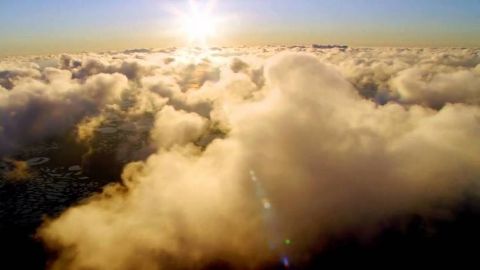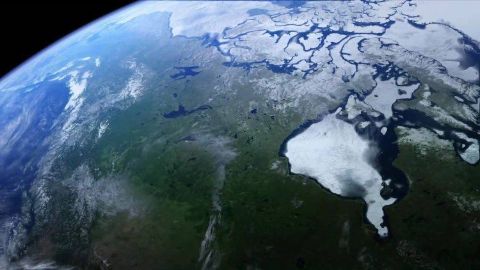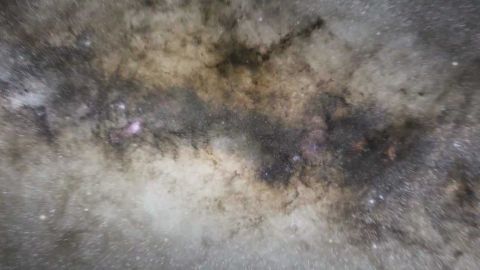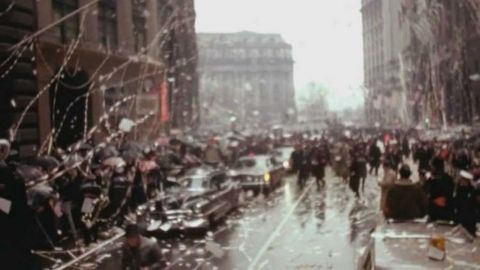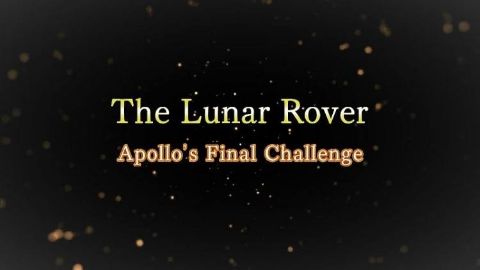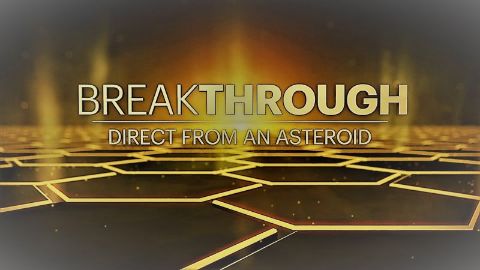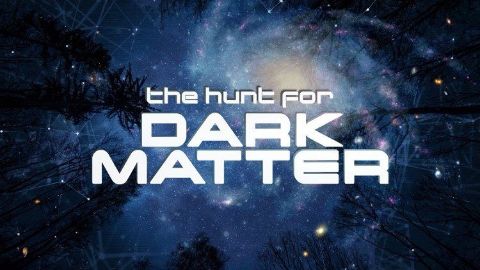The Sagan Series • 1989 - 1990 • 10 episodes •
Our species has discovered a way to communicate through the dark, to transcend immense distances
1989 • Astronomy
"You might have thought, as I did then, that our species would be on Mars before the century was over"
1989 • Astronomy
Carl Sagan talks about our future and the exploration of space
1989 • Astronomy
"That's home. That's us. On it, everyone you ever heard of, every human being who ever lived.."
1990 • Astronomy
